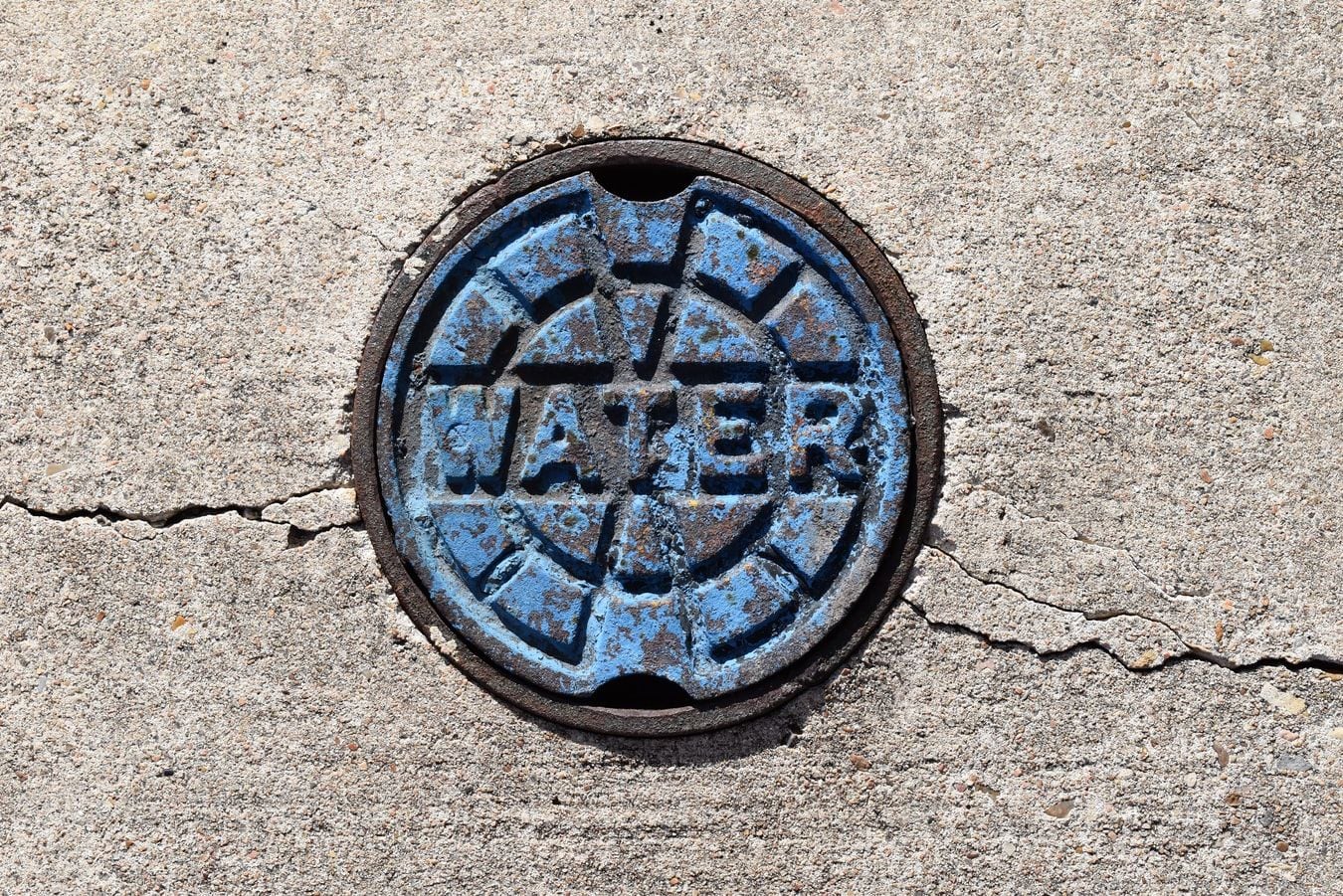Court of Appeal clarifies infrastructure charging
)
Is your local government up-to-date on the pre-requisites for issuing an infrastructure charges notice?
The recent Court of Appeal (CoA) decision of Toowoomba Regional Council v Wagner Investments Pty Ltd & Anor [2020] QCA 191 has helped clarify how local governments should approach infrastructure charging.
Planning and Environment Court decision
On 27 May 2019, the Planning and Environment Court (P&E Court) delivered its reasons in relation to a number of appeals against infrastructure charges notices (ICNs) issued by the Toowoomba Regional Council (Council) to Wagner Investments Pty Ltd (Wagner) in respect of development approvals for the Brisbane West Wellcamp Airport and Wellcamp Business Park.
Council issued a number of ICNs for stormwater trunk infrastructure and transport trunk infrastructure, which became the subject of the appeals.
The P&E Court found that there are two prerequisites to issuing an ICN. Firstly, there must exist some relevant trunk infrastructure on which demand is generated. If no relevant trunk infrastructure exists, there is no basis upon which Council can levy an infrastructure charge. Secondly, there must be additional demand placed on that trunk infrastructure.
In considering the stormwater charges, the P&E Court allowed the appeals and set aside each of the stormwater charges on the basis that there was no relevant stormwater trunk infrastructure on which demand was generated (i.e. the first prerequisite could not be satisfied). That is, although Council's position was that Westbrook Creek (a natural waterway that ran along a boundary of the site) was trunk stormwater infrastructure, Westbrook Creek was not identified in either Council's Priority Infrastructure Plan (PIP) or in its Local Government Infrastructure Plan (LGIP) as trunk infrastructure.
In relation to the transport trunk infrastructure charges, Council used a gross floor area (GFA) methodology to determine the amount of additional demand placed on the transport trunk infrastructure as the uses were categorised into either "industry" or "essential services" under the Charges Resolution (which stipulated a GFA approach). Wagner contended that the uses should have been categorised as "specialised uses" under the Charges Resolution, which would have required Council to calculate a charge based on "an assessment of use and demand" generated by the proposed development rather than by applying a GFA method.
The P&E Court agreed that some of the uses should have been categorised as "specialised uses" which required charges to be calculated based on "an assessment of use and demand". The P&E Court found that this "required a meaningful attempt to calculate or estimate the demand on transport trunk infrastructure each of those uses might generate, rather than the adoption of the broad brush GFA approach adopted by the Council". The P&E Court found that by adopting the GFA methodology for the "specialised uses" there was little or no legitimate or reasonable correlation between GFA and the local traffic that would be generated by the development.
Council had also given an ICN for transport trunk infrastructure charges in respect of a reconfiguration of a lot approval, in addition to an ICN which was levied for the container park use the subject of the land that was reconfigured. The P&E Court found that there was no rational connection between the reconfiguration of the land and any additional demand that would be placed on Council's transport trunk infrastructure network. For that reason, the P&E Court allowed the appeal against the ICNs issued for the reconfiguration of a lot approval.
Court of Appeal decision
Council appealed the P&E Court's decision to the CoA and judgment was delivered on 7 September 2020.
The CoA agreed with the P&E Court's finding that there are two prerequisites to the issuing of an ICN. That is, "[t]here must be demand which links the development with the relevant trunk infrastructure, but there must be additional demand over and above what the current uses of the subject land generate in respect of that trunk infrastructure". As there was no relevant stormwater trunk infrastructure on which demand would be generated, the CoA upheld the P&E Court's decision to set aside the stormwater infrastructure charges.
The CoA also considered the transport trunk infrastructure charges. The CoA said that determining an appropriate charge by reference to additional demand "does not require the calculation of the levied charge to be by reference to actual additional demand generated by the development, provided there is some additional demand". The CoA confirmed that "[t]he appropriate infrastructure charge for additional demand generated by the development is reflected in the "broad brush" application of the adopted charge". The CoA therefore upheld Council's transport trunk infrastructure charges.
The CoA also considered the ICN issued by Council for transport trunk infrastructure charges in respect of the reconfiguration of a lot approval. The CoA noted that it is not to the point that "the mere reconfiguration of a lot did not result in any change to the demand on infrastructure networks". The CoA said that what is relevant is that "the reconfiguration of a lot is one of the trigger points for the issuing of an ICN in relation to [the] development". The CoA noted that the Charges Resolution limits the accumulation of charges so that they do not exceed the maximum adopted charge for the development. Further, the CoA said that "there was no error in the issuing of the ICN in conjunction with the reconfiguration of a lot application, as it will be a matter of timing as to which ICN is paid first". The CoA upheld Council's decision to issue the ICN in respect of the reconfiguration of a lot approval.
Implications for local government
The CoA's decision confirms that before issuing an ICN, local governments must ensure that the following prerequisites are satisfied:-
- There must exist relevant trunk infrastructure upon which demand is generated; and
- There must be extra demand placed upon that trunk infrastructure.
The CoA's decision with respect to stormwater infrastructure charges demonstrates the importance of local governments adequately identifying trunk infrastructure in their LGIPs. In this instance, because the Council had not identified Westbrook Creek as trunk infrastructure, the first prerequisite to the issuing of an ICN (i.e. that there exists some relevant trunk infrastructure on which demand is generated) could not be satisfied. The take-home message for local governments is to ensure that any infrastructure for which Council wishes to levy an adopted charge (assuming that proposed developments will place additional demand on such infrastructure) are appropriately identified in the local government's LGIP.
Local governments should be mindful, however, that identifying trunk infrastructure in an LGIP not only allows local governments to issue ICNs if there is additional demand placed on that infrastructure, but it may also allow developers to claim offsets or refunds for that existing trunk infrastructure.
The CoA has confirmed that calculating the "additional demand" placed upon trunk infrastructure does not require a calculation of the charge by reference to the actual demand that a development will generate (e.g. with expert evidence). Such an exercise would place an unreasonable burden on local governments and their resources. It will be sufficient if there exists some additional demand that will be created by the development by reference to GFA. The CoA has confirmed that the "broad brush" application of an adopted charge is adequate in determining an appropriate charge.
The CoA's decision also confirms that local governments are entitled to issue separate ICNs for a reconfiguration of a lot and a material change of use where the reconfiguration is accompanied by an application for a material change of use. Even though the mere reconfiguration of a lot does not itself result in any change to the demand on infrastructure networks, the reconfiguration of a lot is one of the trigger points for the issuing of an ICN in relation to that development. Whether the maximum adopted charge for the development will be exceeded cannot be determined until the time for payment of the infrastructure charge arises.
It is understood that Wagner has made an application for special leave to the High Court.
For further details in relation to infrastructure charging please email Clare Heitkonig or contact our Planning and Environment Group on (07) 3243 0000.
) Author:Clare Heitkonig
Author:Clare Heitkonig| Tags:Court of AppealChargesLocal GovernmentPlanning & Environment |


